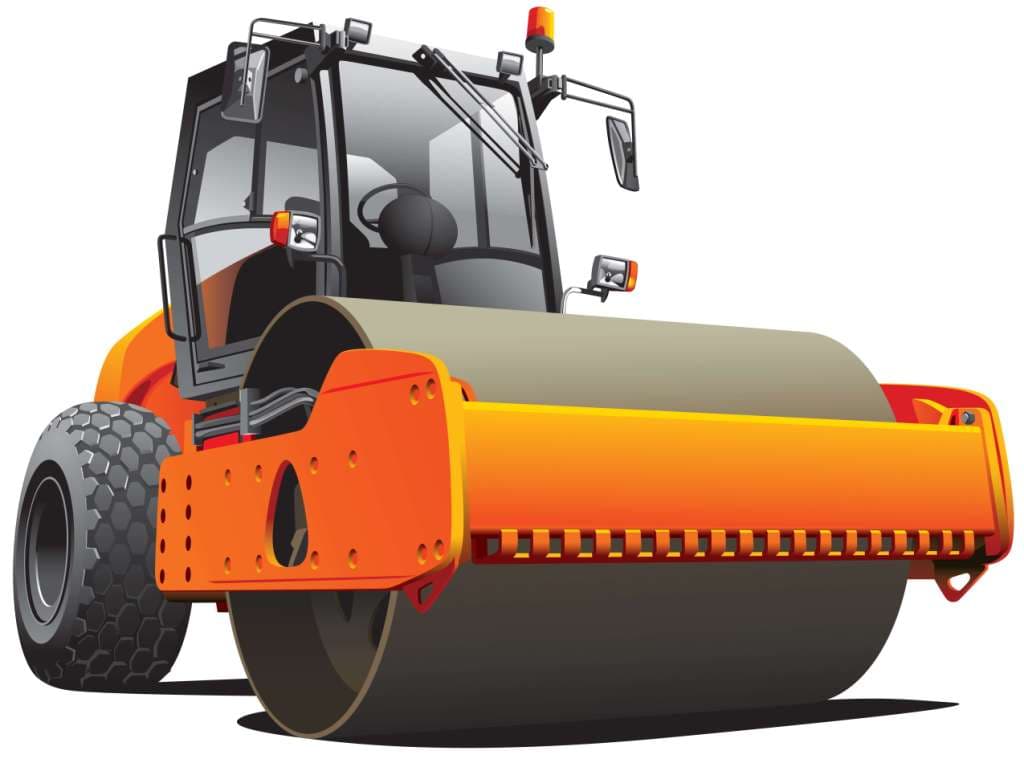
Vibratory rollers are widely used for compaction of coarse-grained soil or gravely soil. Selection of vibratory soil compactor is the most important factor in raising up the level of efficiency of soil for construction of a strong building. For example, granular soils need vibratory rollers or plates. While for cohesive soils, pad-foot vibratory roller or rammer is most preferable.
Compaction of the soil done by the various method like static, impact, kneading and rolling. Rolling can be done by using the different type of roller equipments.
Rolling effect – a heavy cylinder is rolled over the surface of the soil. It is commonly used on sports pitches. Roller-compactors are often fitted with vibratory devices to enhance their effectiveness. Also increasing the density and soil bearing capacity of the soil.
In the case of vibrating rollers, vibrations are generated by one or more eccentric weights rotating on one shaft, centred at the drum. Changing the size of the weights, it is possible to generate different amplitude. With this type of system, the drum will vibrate in revolving motion generating Circular amplitude. Density results from vibration generated by vibrating drum hitting the ground. For vibratory compactors, working speed of 2.0 to 6.0 km/h will provide best results and the machine should be able to move forward and reverse with vibration which will achieve higher results.
Different Types of The Vibratory Rollers
01. Towed Vibratory Roller
The weight of the Roller ranges from 4.0 – 6.0 tonne but there is heavy duty roller weighing even 15 tonnes which can be towed by the tractor or shovel. With the help of the heavy roller, the layer depth to be compacted and output can be increased.
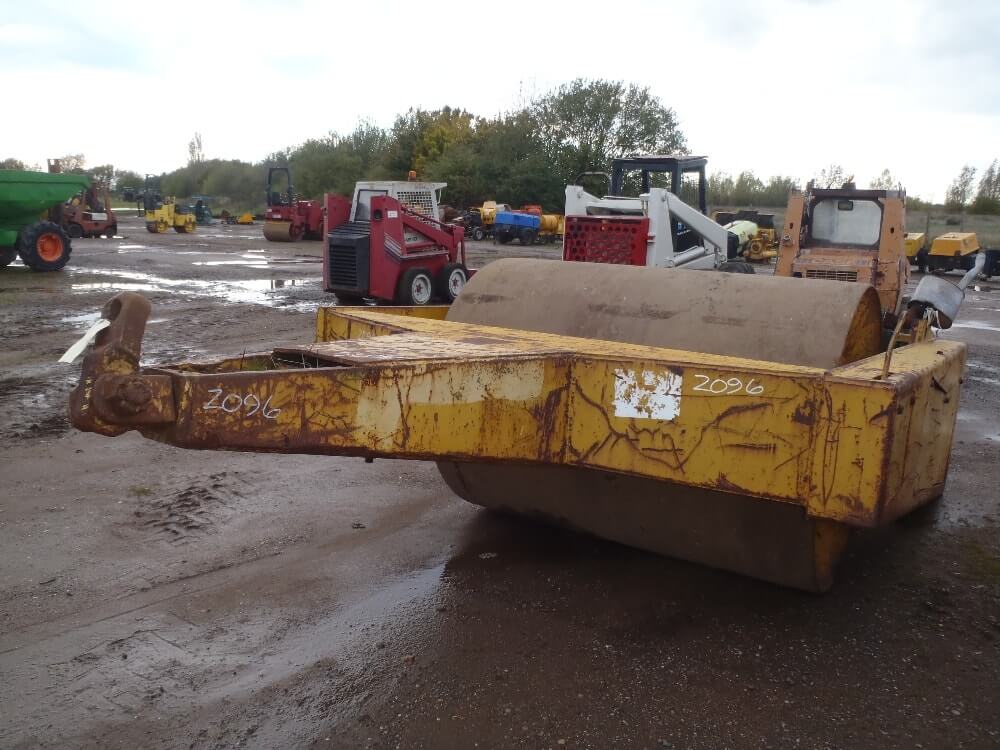
Image Courtesy - cheffins
02. Self Propelled Roller
Self-propelled roller has a steel drum and two tyres at the rear end. The weight of the roller varying from 8.0 – 12.0 tonne. Roller can be ballasted by water, wet sand or steel. The drum drive is provided with the hydraulic motor which provides tractive force.
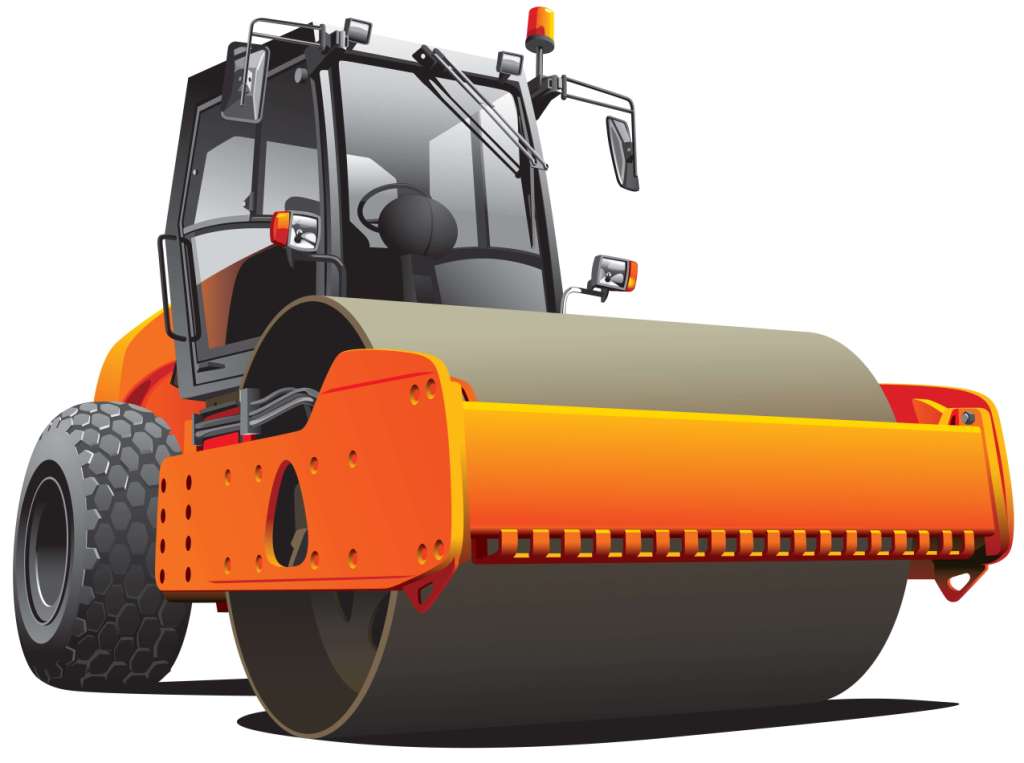
03. Tandem Vibratory Roller
Tandem vibratory rollers have two steel drum, one at the front axle and other at the rear end. Roller has vibration and drives on both the drums. This roller compact freshly placed asphalt mats to specific densities using two steel drums that vibrate to consolidate the material.

04. Combination Roller
Combination roller has vibrating drum on the front axle and pneumatic tyres at the rear end. This compaction method is used to achieve maximum density and smoothness, while compacting asphalt road and semi-cohesive material. This roller is most suitable for bituminous work.
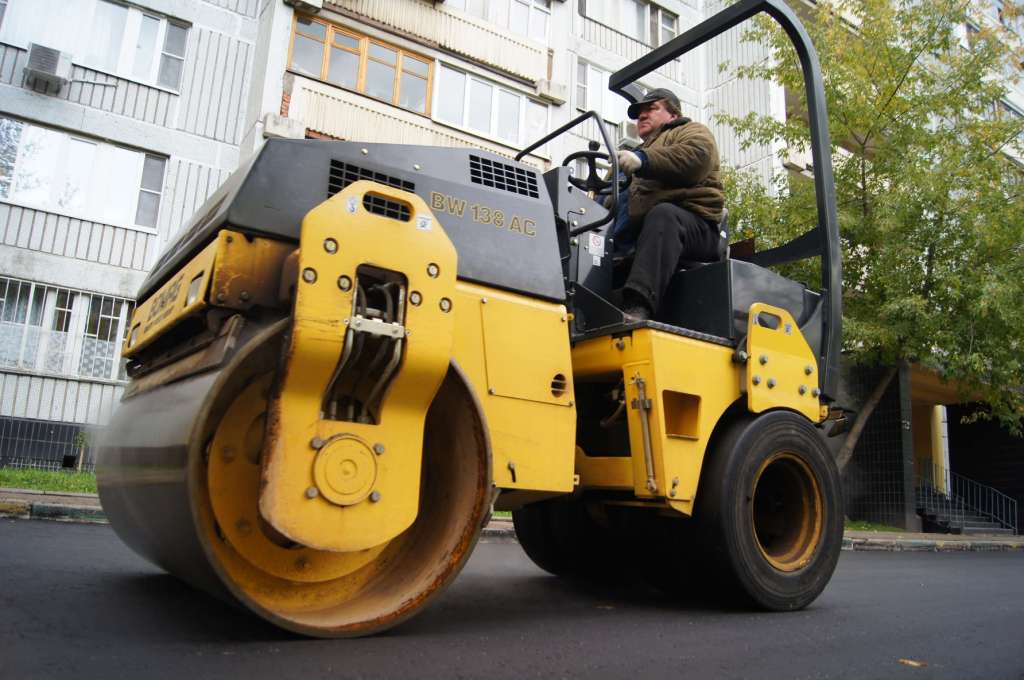
05. Duplex Drum Roller (Walk behind Drum roller)
Duplex Drum roller is capable of performing a wide range of soil and asphalt compaction applications. It has a very compact design and offers great visibility to the operator in any angle which allows precise work near to walls and sidewalks.
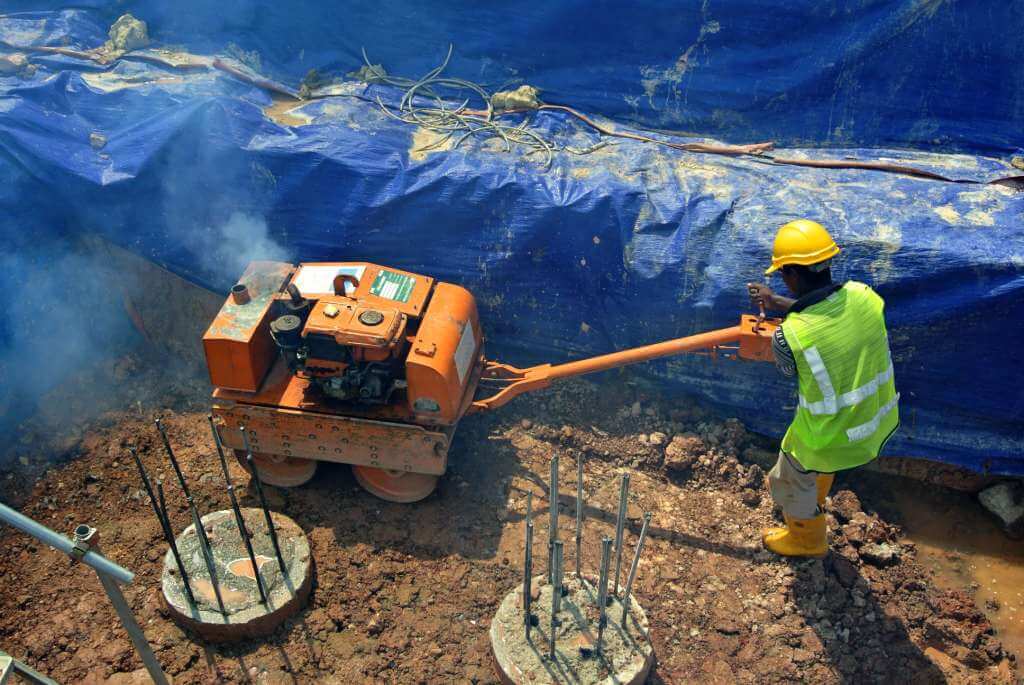
06. Light Tandem Roller
This type of roller can be used for a wide range of compaction jobs. Eg. Compaction of the shoulder, approach roads and pathways. Static weight range of the roller is 0.9-1.5 tonne.
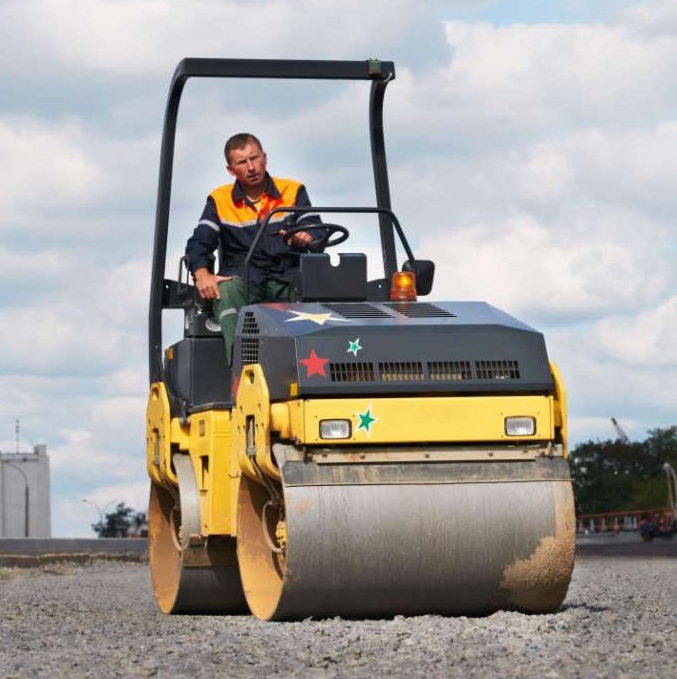
Characteristics of Vibratory Roller
01. Higher compaction can be achieved.
02. Compaction can be done up to greater depth.
03. Vibrations are generated by the rotation of eccentric shaft inside.
04. Rollers are used for compacting granular base courses and asphalt concrete work.
05. Gross weight of the roller is about 4 to 8 tonnes.
06. Working Speed of roller 2.0 to 6.0 km/h which gives the best results.































